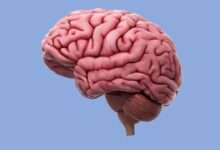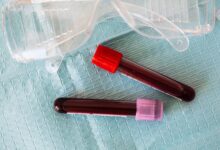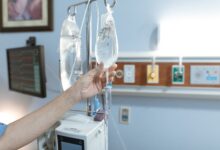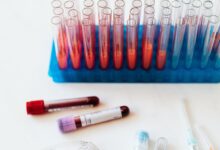the heart
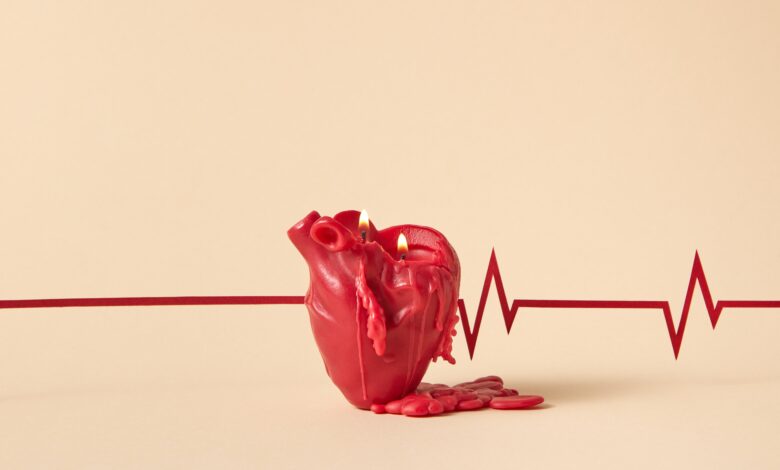
Heart prevention and treatment
Risk factors
There are various factors that increase the risk of heart attack and stroke:
- smoking;
- a poor diet ;
- obesity;
- physical inactivity ;
- excessive alcohol consumption;
- hypertension;
- diabetes ;
- hyperlipidemia.
Prevention
The WHO recommends at least 30 minutes of physical activity per day.
Eating five fruits and vegetables a day and limiting salt intake also help prevent heart or stroke.
Anti-inflammatories (NSAIDs) and cardiovascular risks
Studies have shown that prolonged and high-dose intake of NSAIDs (Advil, Iboprfen, Voltaren, etc.) exposes people to cardiovascular risks.
Mediator and valve disease
Originally prescribed to treat hypertriglyceridemia (too high levels of certain fats in the blood) or hyperglycemia (too high sugar levels), the pick has also been prescribed for diabetics who are overweight.
The “appetite suppressant” property of the pick has led to it being widely consumed outside these indications to help non-diabetic people lose weight. It was then associated with valvulopathies and a rare cardiovascular pathology called Pulmonary Arterial Hypertension (PAH).
Heart tests and examinations
Your doctor will first carry out a basic examination: reading the blood pressure, listening to the beating of the heart, taking the pulse, evaluating the breathing or auscultating the abdomen.
Doppler ultrasound
Doppler ultrasound is a medical imaging technique that examines the conditions of flow and irrigation of the heart and blood vessels in order to check the obstruction of the arteries or the condition of the valves.
Coronographie
Coronagraphy is a medical imaging technique that visualizes the coronary arteries.
Ultrasound of the heart (or echocardiography)
Ultrasound of the heart is a medical imaging technique that allows the visualization of the internal structures of the heart (cavities and valves).
Electrocardiography at rest or under stress
Electrocardiography is a test that helps record the electrical activity of the heart to detect abnormalities.
Cardiac scan
Cardiac scintigraphy is an imaging test that observes the quality of the blood supply to the heart by the coronary arteries.
CT angiography
CT angiography is an examination that allows you to explore the blood vessels to detect a pulmonary embolism, for example.
Bypass surgery
Coronary bypass is a surgical procedure performed when the coronary arteries are blocked in order to restore circulation.
Lipid profile
- Dosage of triglycerides: in excessive quantity in the blood, they can contribute to the obstruction of the arteries;
- Cholesterol assay: LDL-cholesterol, referred to as “bad” cholesterol, is associated with an increased cardiovascular risk when it is present in excessive amounts in the blood;
- Fibrinogen assay : it is useful for monitoring the effect of a so-called “ fibrinolytic” treatment , intended to dissolve a blood clot in the event of thrombosis .
History and symbolism of the heart
The heart is the most symbolic organ of the human body.
During Antiquity, it was seen as the center of intelligence. Then, it was perceived in many cultures as the seat of emotions and feelings, perhaps because the heart reacts to an emotion and also provokes it.
It was in the Middle Ages that the symbolic shape of the heart appeared. Globally understood, it translates passion and love.


